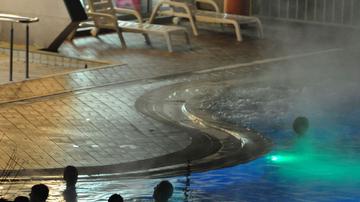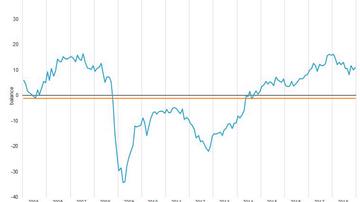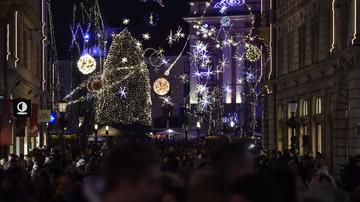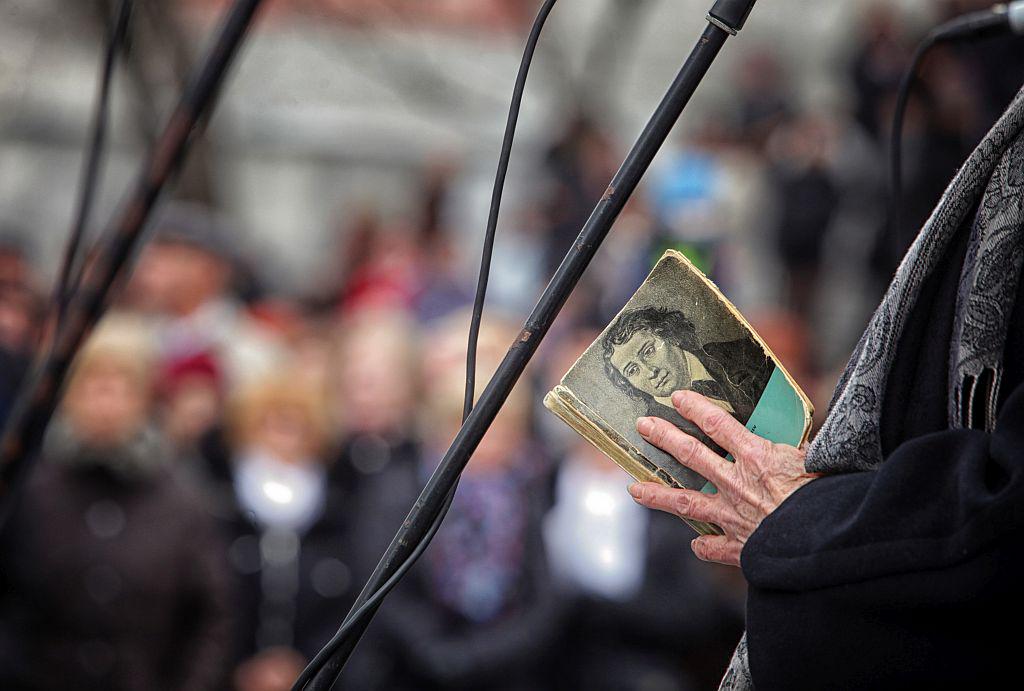
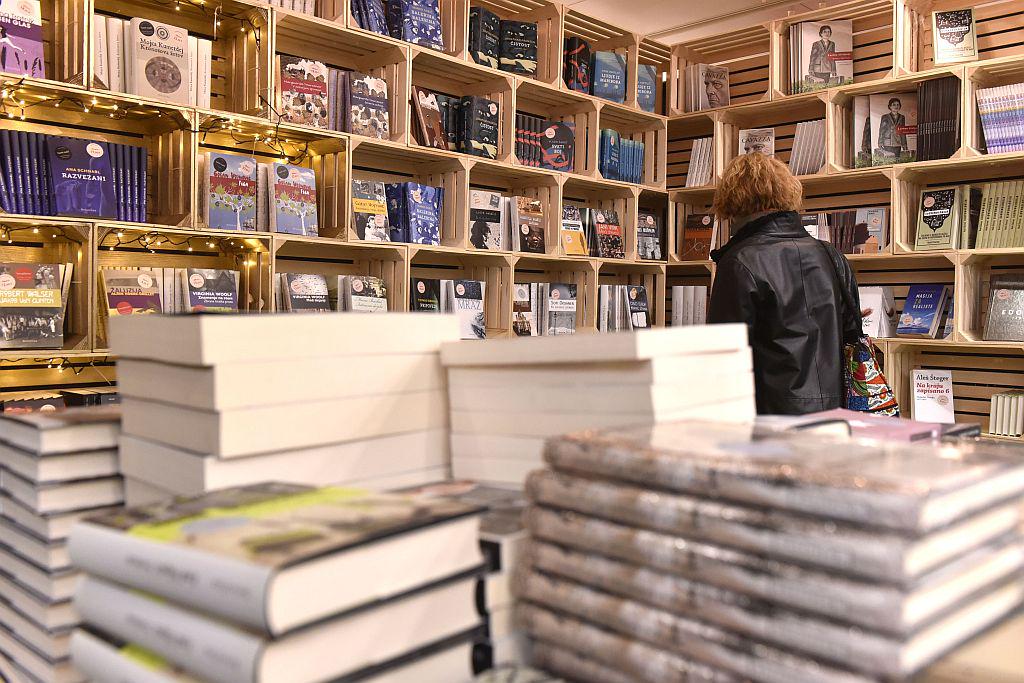
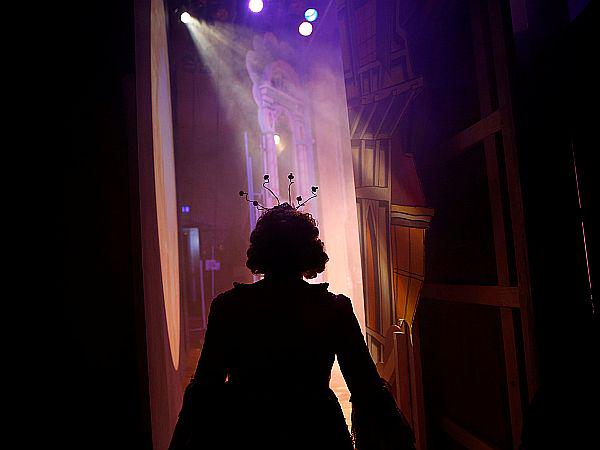
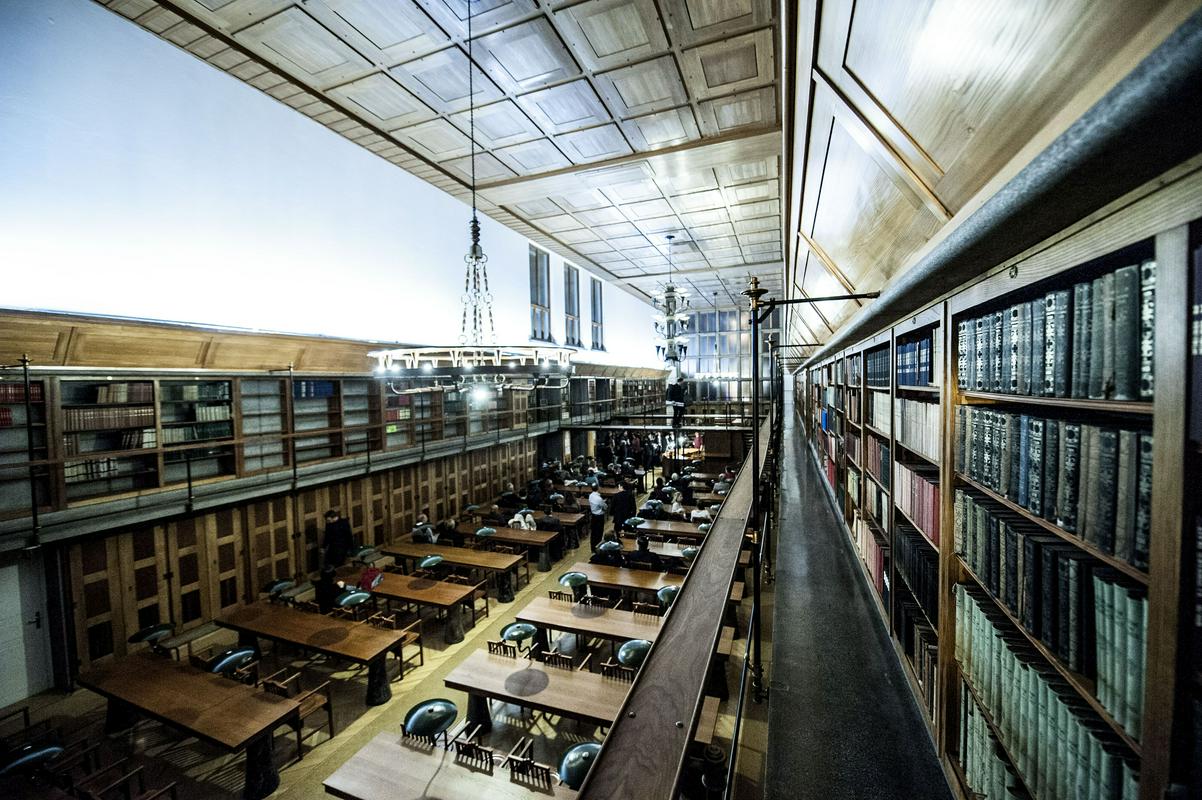
Cultural output in 2016
Official statistical data on the cultural output in Slovenia in 2016 show the following picture:
1,441 Slovenian publishers (including self-publishers) issued 5,319 titles of books and brochures, of which 1,808 (or 34%) works of literature (995 titles of original Slovenian literature and 813 translations). The average book price was just over EUR 19. (source: National and University Library)
1,764 print serial publications and 839 electronic serial publications were issued. (source: National and University Library)
Houses of culture, theatres, operas and other producers and performers prepared around 24,000 performances; almost 52% of them were own productions or co-productions and the rest were tours. All events together were attended by about 4 million people. As regards the type of production, most were film and video projections, followed by drama and other theatrical performances.
Film producers produced 22 long films, of which 14 feature and 8 documentary films, and 67 short and medium-length films. 57 Slovenian cinemas were visited by about 2.3 million cinemagoers; foreign films were seen by about 2.1 million of them and Slovenian films by 239,000 of them. (source: Slovenian Film Centre)
Museums and galleries organised 1,960 exhibitions, which were seen by about 2.8 million visitors, about 757,000 of them children and youth. In addition to exhibitions, museums and galleries also offered more than 37,000 educational programs (mostly guided tours), which were attended by 872,000 people, more than half of them children and youth.
General libraries, which are organised into a network of 271 lending libraries and 13 mobile libraries, had 469,970 members, who borrowed 25.7 million units of library material. Libraries recorded 10.1 million visits, meaning that on average 27,700 members visited libraries every day. (source: National and University Library)
2018 is the European Year of Cultural Heritage, so we are adding to the picture above the latest data from the registers of cultural heritage at the Ministry of Culture:
At the end of December 2017 the Register of Intangible Cultural Heritage, which includes practices, presentations, knowledge, skills, etc., contained 61 units: 39% of them traditional craftsmanship and 39% of them social practices, rituals and festive events. Two of these units are entered in the UNESCO Representative List of the Intangible Cultural Heritage of Humanity, namely the Škofja Loka Passion Play, which is one of seven performing arts included in the national register, and Door-to-Door Round of Kurenti, which is one of 24 social practices, rituals and festive events in the national register. The total number of units in the register increased by five compared to 2016. (source: Register of Cultural Heritage, 31 December 2017)
At the end of December 2017 the register of Immovable Cultural Heritage contained 30,094 units, 144 more than a year earlier. Most of the units in the register (53%) are buildings, followed by memorial structures and places (26%), archaeological sites (12%), etc. Of all units in the register, 324 or 1.1% are monuments of national importance; 143 buildings, 65 memorial structures, 33 parks and gardens, 31 archaeological sites, etc. (source: Register of Cultural Heritage, 31 December 2017)
How much money is spent on culture?
Since 2008 the share of government expenditure on culture (i.e. for the functioning of libraries, museums, galleries, theatres, for concert, stage and film production, for artistic events, monuments, cultural events, subsidies to artists, etc., for services of radio, television and publishing) in total public expenditure was at first (2008–2010) 2.7% and then it declined to 2.2% in 2015 and 2016. In 2016 the government spent EUR 392.5 million on culture, which was EUR 22 million less than in 2015. The structure of expenditure shows that in 2016 investment expenditure declined the most (by almost EUR 37 million), while financial resources for compensation of employees increased by EUR 12.4 million to EUR 183.1 million.
Since 2010 the government spent on culture at first 0.8% of GDP per year and in 2014–2016 0.7% of GDP per year. Showing these values by the population and adding some other data, we get the following picture:
In 2016 the government thus spent on average EUR 135 per capita (EUR 4 more than in 2015) on cultural services, while private expenditure on culture (i.e. expenditure of households and non-profit institutions serving households - NPISH) amounted to EUR 172 per capita (EUR 11 more than in 2015). In individual years the NPISH contributed between EUR 2 and EUR 4 to private expenditure.
Culture is not only an expense: in 2010–2013 its share of value added in GDP was 1.2%, and in the last three years 1.1%. The comparison takes into account only culture in the narrow sense (i.e. NACE Rev. 1 activities 58 Publishing activities, 59 Motion picture, video and television programme production, 60 Programming and broadcasting activities, 90 Creative arts and entertainment activities and 91 Libraries, archives, museums and other cultural activities), while the indirect impact on the hospitality industry, tourism, trade, etc., is not considered.



























































